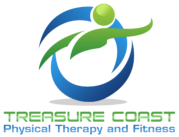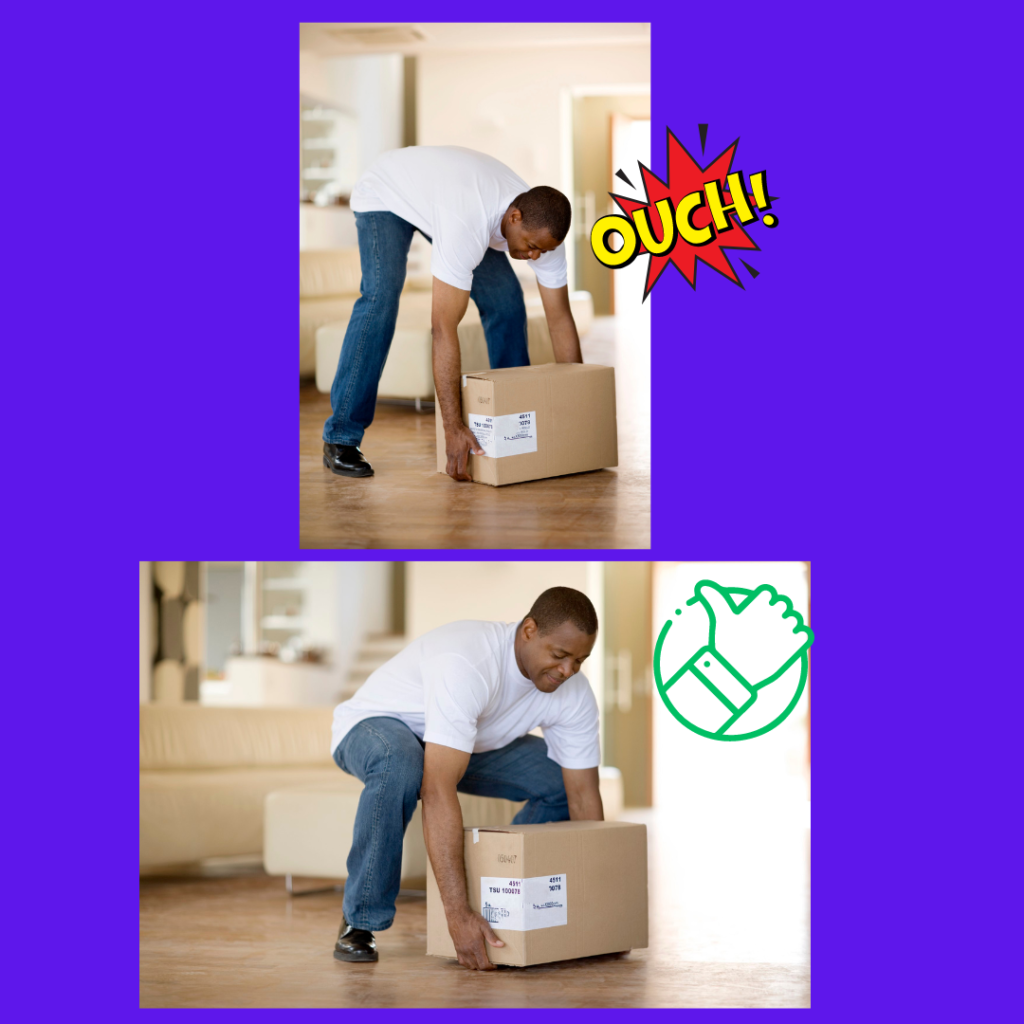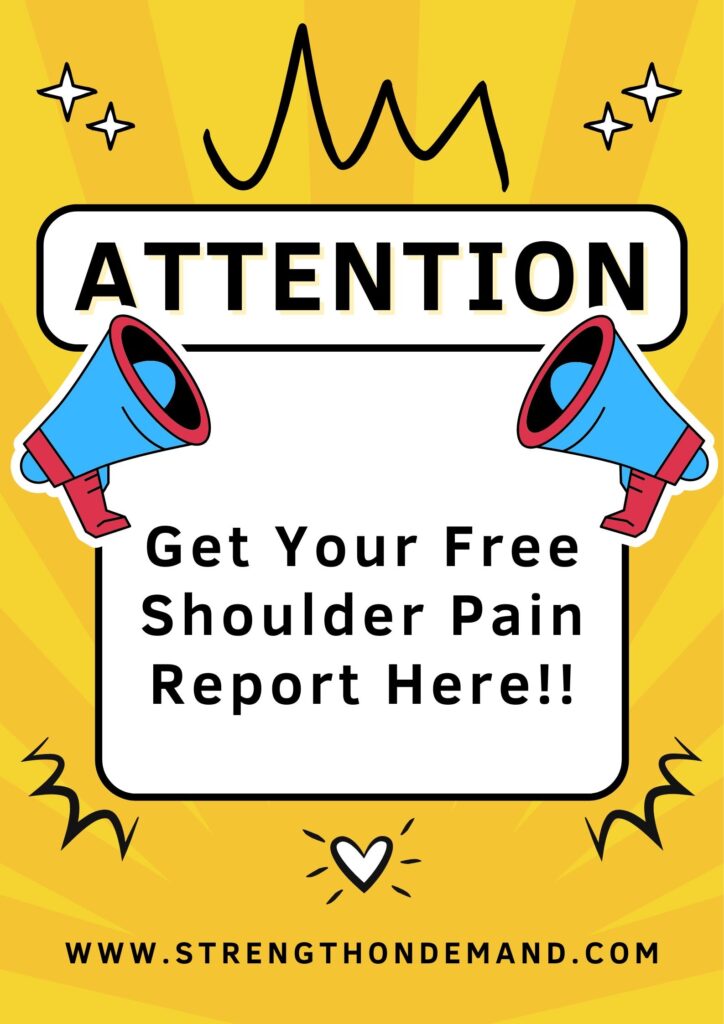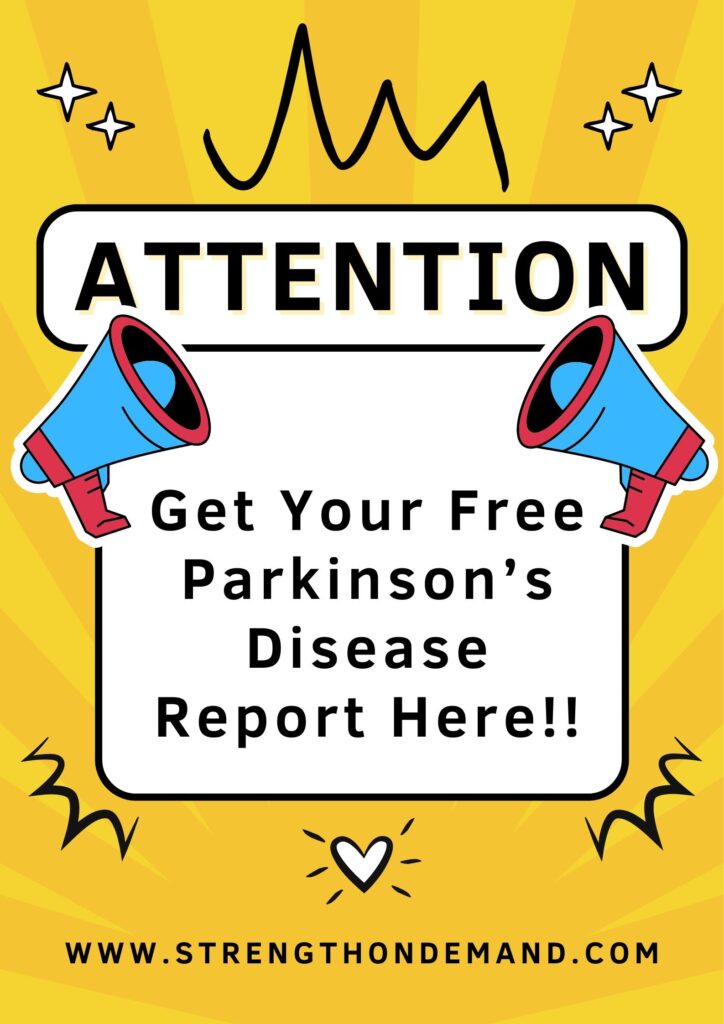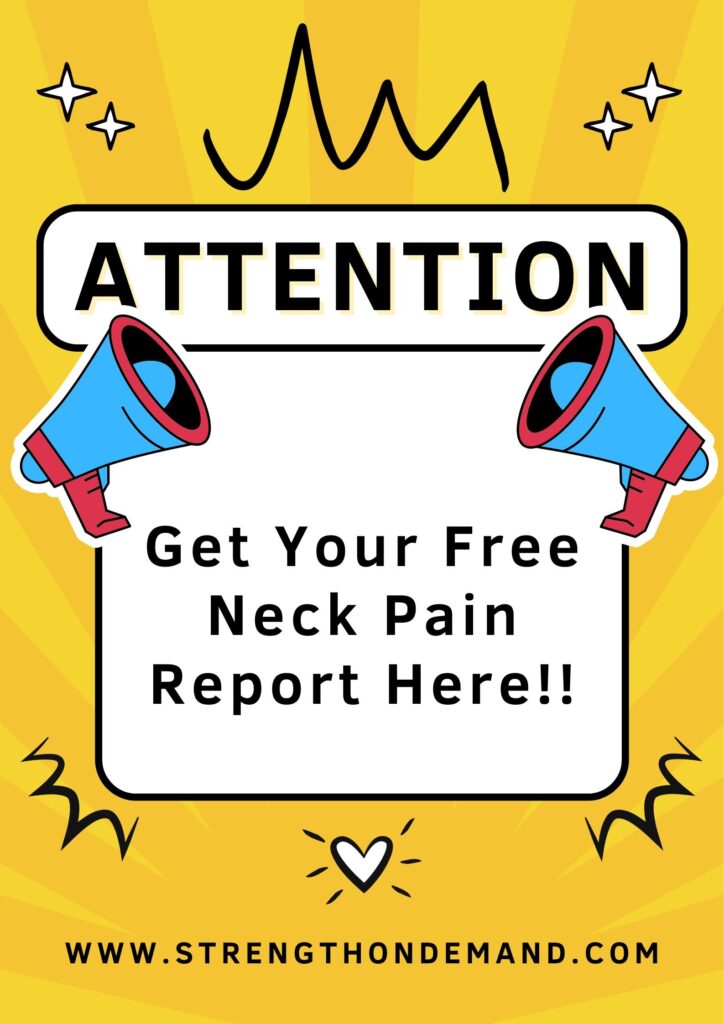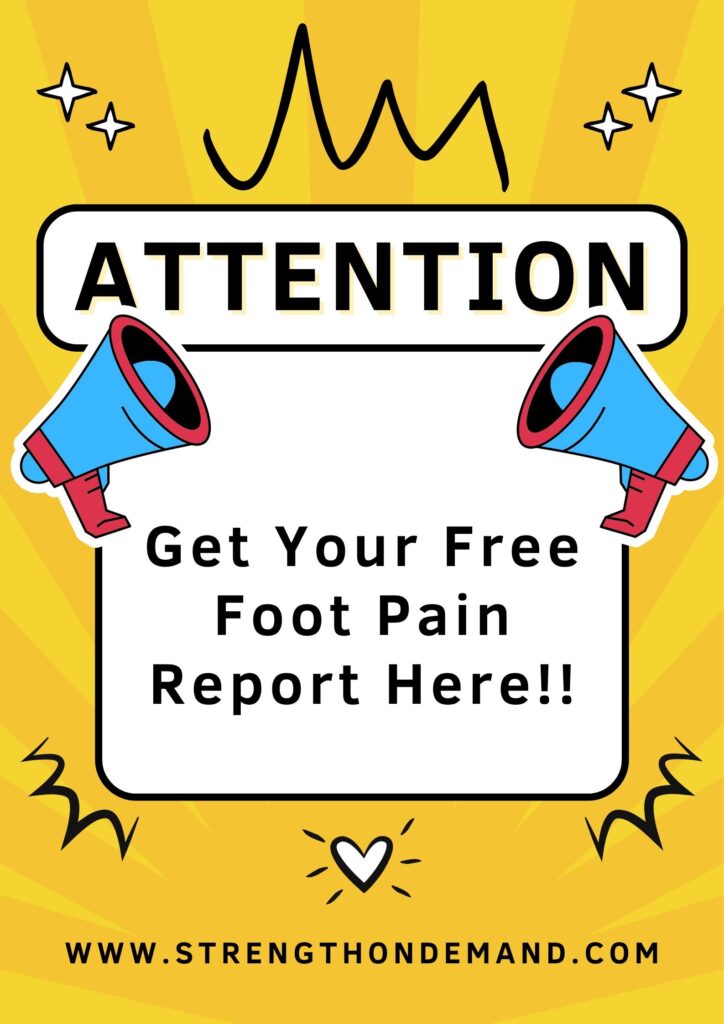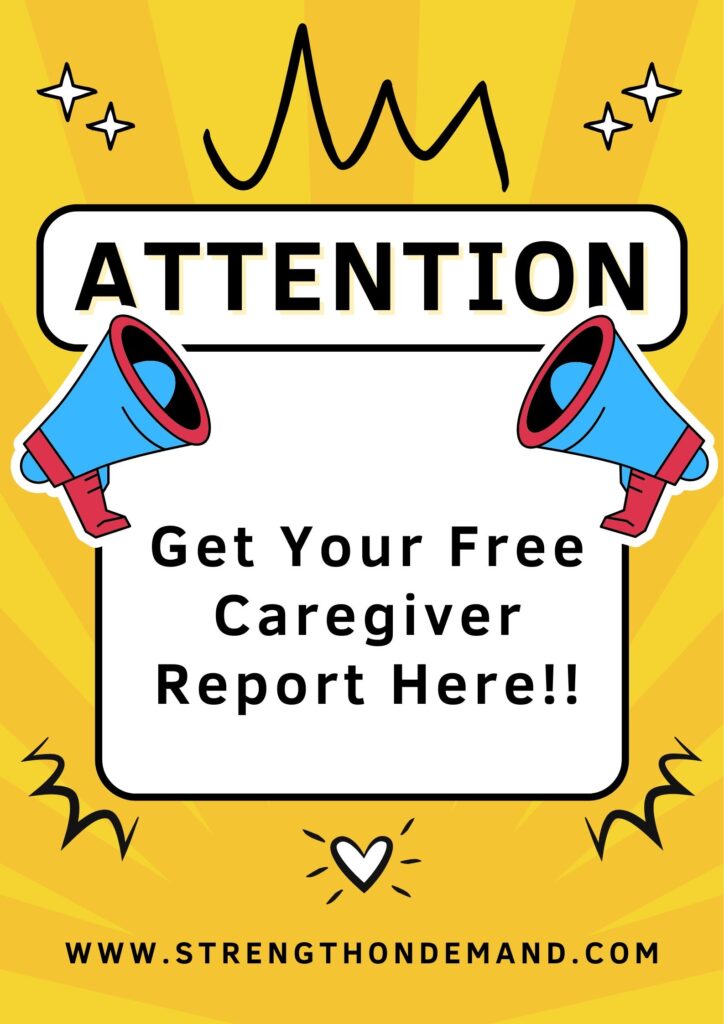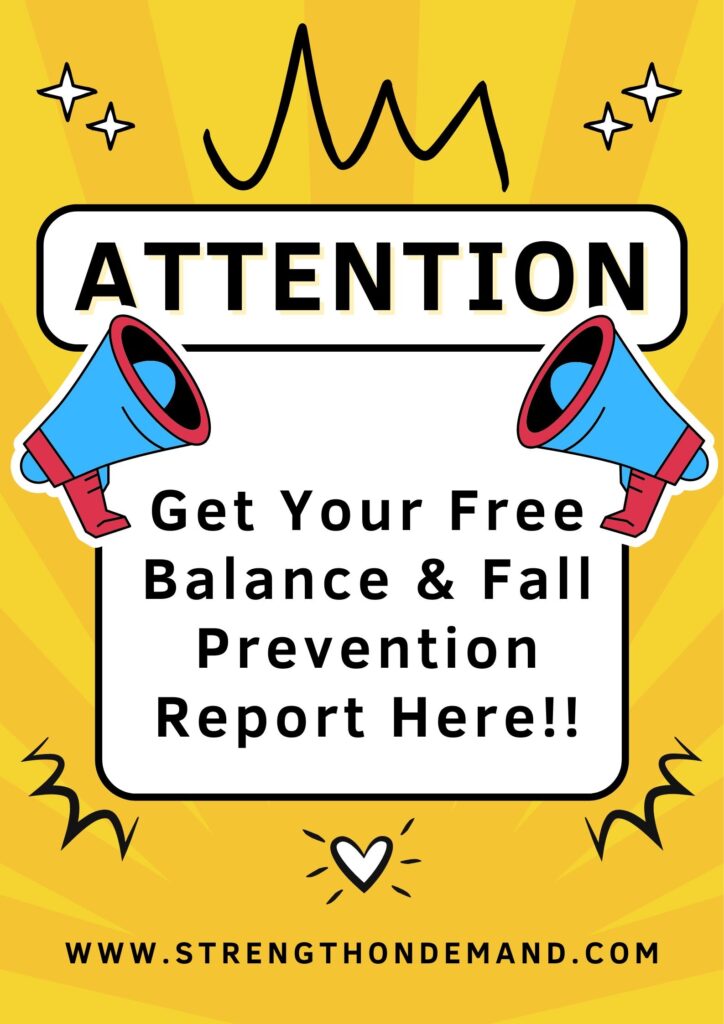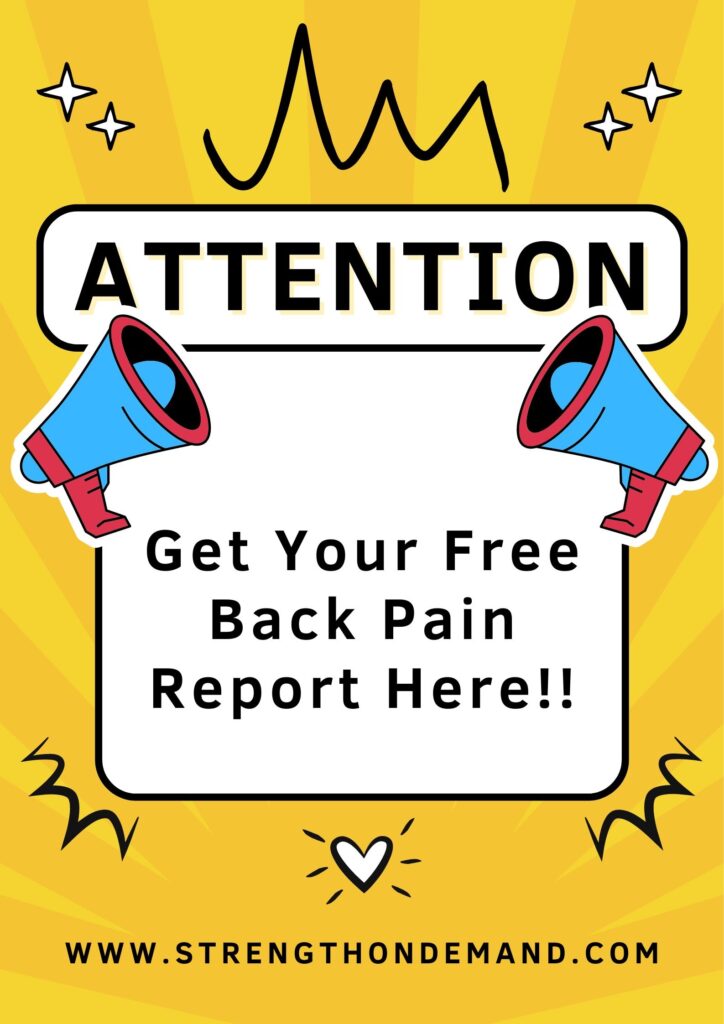Lifting with your legs is crucial for protecting your back and preventing injury.
Here’s why it is so important:
- Spinal Protection: When you lift with your legs, you reduce the strain on your lower back. The muscles in your legs, such as the quadriceps and glutes, are much stronger and better suited for lifting heavy weights than the smaller muscles in your back. Now, just because you are relying on your legs to do the majority of the work, you still need to maintain a neutral, stable spine. This is not something that comes easy for everyone, so working with a Physical Therapist to learn how to engage the proper muscles is advised.
- Proper Alignment: Bending your knees and keeping your back straight (not vertical) helps maintain proper spinal alignment during the lift. This reduces the risk of herniated discs and other spinal injuries. Watch the video below for tips on maintaining a straight, not vertical back.
- Muscle Engagement: Lifting with your legs engages the powerful muscles in your lower body, distributing the weight more evenly and efficiently. This helps to prevent muscle strains and overuse injuries. Again, you will also need to engage the muscles throughout your trunk (a.k.a your core) to further ensure spinal protection and stability.
- Injury Prevention: Improper lifting techniques, such as bending over at the waist and using your back muscles, can lead to acute injuries like muscle strains, as well as chronic issues like lower back pain. By lifting with your legs, you minimize the risk of these injuries.
Proper Lifting Technique
- Stand Close to the Object: Position yourself close to the object you’re lifting to minimize the strain on your back.
- Bend at the Hips and Knees: Lower yourself down by bending your knees and hips, not your back. Keep your back straight and your chest up.
- Grip Firmly: Ensure you have a firm grip on the object before you lift.
- Use Your Legs: As you lift, push through your heels and straighten your legs. Keep the object close to your body to maintain balance and control. The further away from the body you carry an object, the more pressure that places on your spinal discs.
- Avoid Twisting: When moving the object, turn your whole body rather than twisting your back.
Now, there is a difference between lifting with a vertical spine and lifting with a straight spine. Squatting with a vertical spine would be similar to pressing your entire back against the wall and then squatting down by sliding down the wall. If the wall wasn’t supporting you, you would most likely lose your balance and fall backward. When lifting with a straight (not vertical) spine, your head and upper body moves forward while your hips move back as counterbalance. We do this by using a ‘hip-hinge’ technique. With the hip hinge, we are taking mobility from our hips rather than our lower back. The focus is to maintain a neutral spine throughout the entire movement.

Additional Tips
- Warm-Up: Before lifting heavy objects, it’s beneficial to warm up your muscles with light activities or stretches.
- Use Assistive Devices: When possible, use tools like dollies, carts, or lifting straps to assist with heavy lifting.
- Get Help: For particularly heavy or awkward objects, ask for assistance from another person to distribute the weight more evenly.
By incorporating these techniques, you can significantly reduce the risk of back injuries and improve your overall lifting efficiency.
Now I have had other therapists tell me that there is research out there claiming this is all a myth and that lifting with your legs doesn’t make any difference. The research they are referring too however has many limitations. First, the heaviest weight used in the study was approximately 25 pounds. Now, “heavy” is a relative term. 25 pounds may be light for some and a struggle for others to lift. The people in the study lifted objects no heavier than 25 pounds. So the study, if anything, shows that lifting up to 25 pounds can be safe either way you lift it…using your legs or your back. But does that mean that we need to assess the size of everything we are going to lift, and if it appears to be 25 pounds or less we can lift however we decide, but if we feel it is more than 25 pounds then we need to follow the initial belief of lifting with our legs? I’m all about K.I.S.S. “Keep It Simple Stupid.” If lifting with your back can more often cause back pain than lifting with your legs no matter the weight you are lifting, then why not just try to lift everything with your legs? Also, the people in the study knew they were being watched. When you know you are being watched, wouldn’t you say you make more of an effort to stand tall and move correctly? This is another limitation of the study. Also, it was performed in a controlled lab, not in a UPS Shipping Center where employees are lifting and moving objects all day long. Fatigue did not have a chance to set in. As fatigue sets in, our chances of back injury increase. Personally, I feel the study is lacking and provides no substantial evidence that lifting with your legs makes no difference on the chances of back injury.
Years ago, I was suffering from back pain. My uncle asked me to help him move furniture from the second floor to the first. This particular piece was very heavy. I made sure all my movements were as ‘perfect’ as possible. I did not twist. I made sure I lifted with my legs and engaged my core throughout. I safely made it to the first floor without pain. At the end of the day, I noticed a pencil on the floor and bent over to pick it up. I did not hip hinge. I did not use my legs. I just bent over using my back, but unfortunately did not make it back up. I helped move a 200 pound dresser with no issues, but crumbled to the floor in agony picking up a pencil. From what I remember, I didn’t feel the pain on the way down to reach for the pencil, but it occurred on the way back up. So for me, lifting with my legs, using a hip hinge technique is the way to do it.
Ready To Experience Relief?
Hoping to experience some much needed, and deserved, pain relief? Or maybe you’re looking for a perfect gift for a friend or family member?
Why not give the gift of comfort to show how much you care! Come in for a FREE Discovery Visit or forward this to a friend in need.
Give yourself or a loved one comfort, pain relief, and enhanced support. Our Discovery Visit is a 30-minute session where we discuss your main concerns and discover what options may be beneficial for you. It’s a great way to get a second opinion, especially when everyone else is telling you to “Just accept it…it’s age related.”
But hurry, this is a limited time offer – don’t miss out! Get in touch with us now to take advantage of this amazing offer before it’s too late…
Sign Up for the Free Discovery Visit at www.strengthondemand.com, or call us at 772-485-9447.
